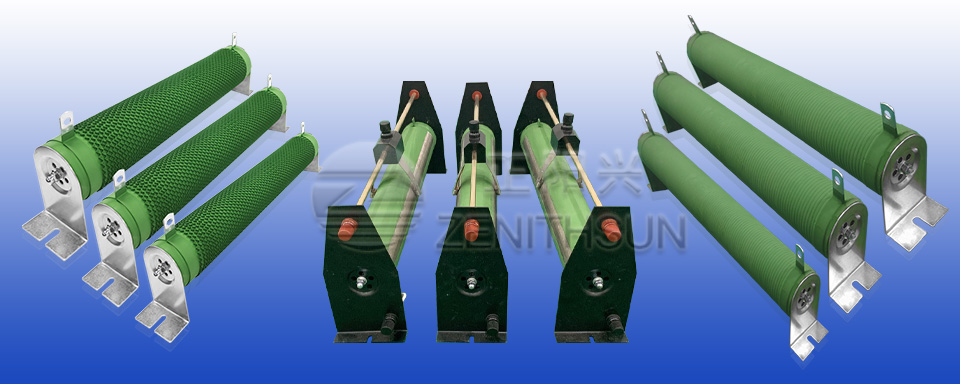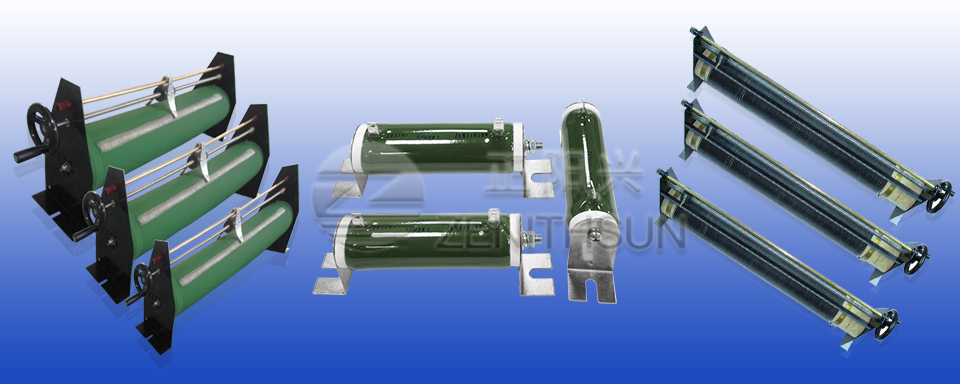Resistors can be categorized into two main types according to whether the resistance value can be changed or not: fixed resistors and variable resistors.
Fixed Resistors: The resistance value of these resistors is determined at the time of manufacture and does not change under normal conditions of use. They are the most common type of resistor and are used in a variety of circuits to provide a constant resistance value. Fixed resistors usually have two ends, which can be represented in a circuit diagram as a vertical line, with the distance between the two ends indicating their resistance value.
Unlike fixed resistors, the resistance value of variable resistors can be changed by external adjustment. This makes them ideal for applications where precise control of the resistance value is required. Variable resistors usually have three terminals and a sliding contact that can be moved across the resistor body to change the resistance value. Common types of variable resistors include slide wire varistors and potentiometers.
In addition to fixed and variable resistors, there is a special type of resistor called a “sensitive resistor,” which can change its resistance value in response to changes in environmental conditions (e.g., temperature, pressure, humidity, etc.).
At the structural level, the resistance value of a fixed resistor is determined during the manufacturing process and does not change during its lifetime. In contrast, the resistance value of a variable resistor can be adjusted mechanically or electronically. Their internals typically contain one or more contacts that slide or rotate on the resistor body to change the resistance value.
Fixed resistors are suitable for applications that require precision in circuit parameters because they can provide a stable resistance value. Fixed resistors have a long service life due to their high precision and stability. On the other hand, variable resistors are mainly used where dynamic adjustment of the resistance value is required. For example, to adjust the volume or change the signal level in audio equipment, or to achieve precise voltage or current control in automatic control systems.
Fixed resistors and variable resistors also differ in design and manufacturing processes. Fixed resistors typically use thin-film or thick-film technology, in which conductive materials are deposited on a substrate to form a resistor. Variable resistors, on the other hand, may require more complex mechanics to ensure that the contacts can move smoothly. The choice between fixed and variable resistors also involves a trade-off between cost and performance. Fixed resistors are usually less costly because they are relatively simple to manufacture.








